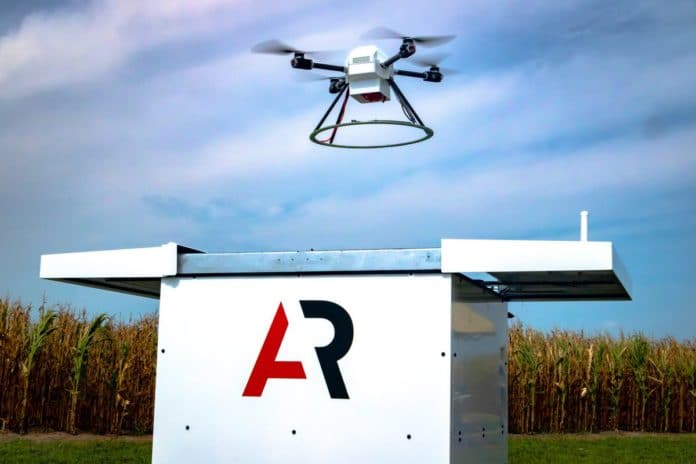American Robotics became the first company approved by the Federal Aviation Administration (FAA) to operate drones without needing a human pilot or an observer anywhere near the aircraft. This is a potentially revolutionary step for what will be the future of the world of drones.
The potential impact of a similar solution is very high, as it means being able to assign the drones to specific tasks, on predetermined routes, entrusting the latter with tasks that would otherwise have to be performed by human operators, with vehicles on the road, with much higher costs and commitment.
For several years, the FAA has been developing rules governing flights of small drones, and until recently, companies developing and using drones faced three main restrictions – flying at night, over people, and outside the operator’s line of sight. Recently, FAA announced new rules for Unmanned Aircraft, allowing small drone operators to fly over people and fly at night under certain conditions.
According to the permit, American Robotics will be able to launch drones without the need for an operator or other people in the takeoff, flight, and landing zones. However, fully autonomous flights will not be possible. FAA documents show that the company will still need to assign a human to each and every flight, who’ll run through a safety checklist before takeoff and inspect the aircraft with remote tools.
The company plans to use the permit to operate its Scout drone terminal. It is a container with a drop-down roof and a lifting takeoff platform and works in conjunction with a quadcopter equipped with a camera. Before takeoff, the container opens the roof and raises the platform with the drone. The Scout System features advanced acoustic Detect-and-Avoid (DAA) technology that enables its drones to maintain a safe distance from other aircraft at all times within a radius of 3.2 kilometers. Flight and landing also take place in automatic mode, and after landing, the terminal charges the drone’s battery and transfers the collected data to the operator.
The FAA hopes that American Robotics’ fully autonomous flying experience will allow this practice to expand on a larger scale in the future, which will increase the efficiency of many sectors of the economy: agriculture, transportation, mining, and so on. The company had previously been granted permission to operate drones out of sight, but pilots still had to be physically at the takeoff site to perform all pre-flight checks live.
